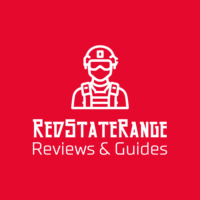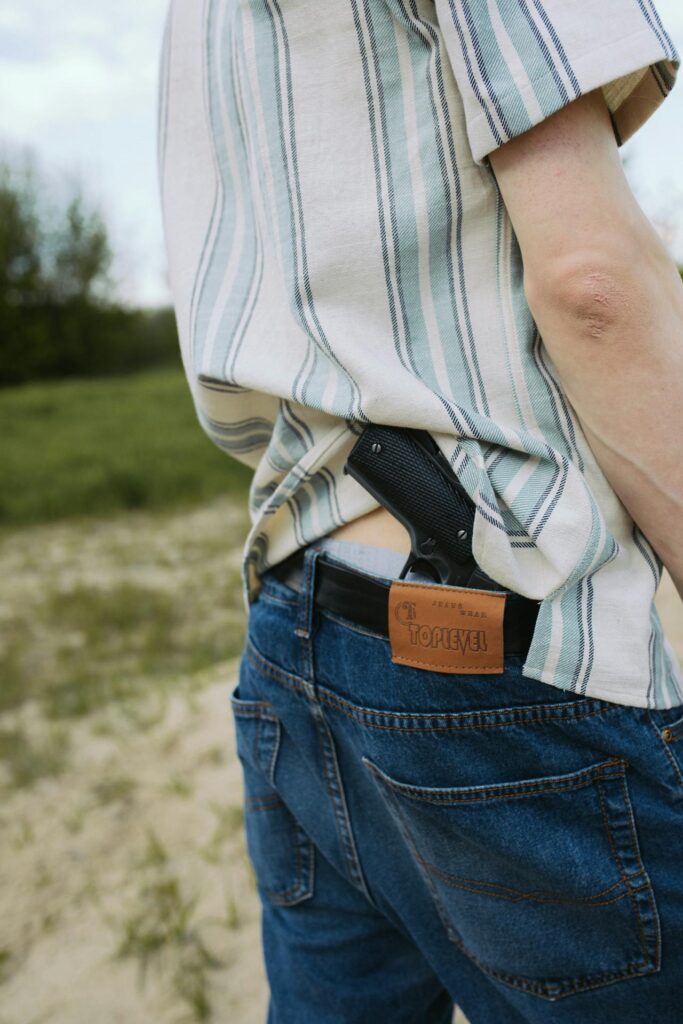What is Concealed Carry?
Concealed carry (CCW) means carrying a firearm hidden from public view, typically for self-defense. It’s legal in most U.S. states but regulated heavily. So it’s important to know your state’s laws.
Some things to check are:
- Where are guns not permitted?
- Do you need to have a permit
- What are the age and residency requirements?
If you’ve never held a gun before it’s a good time to consider taking a class to get you up to speed on what to know and avoid when operating a gun.
Get Training
- Know what use of force laws are
- Basic firearm safety
- Defensive shooting fundamentals
- Safe firearms storage
- Look for NRA-certified, USCCA, or law enforcement led CCW or CPL classes.
Choose the right concealed carry firearm
There’s a ton of carry guns on the market that can make choosing one overwhelming. This is a topic that deserves it owns discussion, so we’ll keep it short for now and have more on this later. But you’ll want to find something that feels right in your hand. Ideally, you will be able to shoot it before you buy it. Look for gun ranges with rentals and see if you can try it out. If you know someone with a gun you’re interested in who can show you the ropes at the range that’s a plus.
Bottom line – you want something that you’re comfortable with not what you’re told to get or see everyone else has. Popular caliber choices are 9mm, 38 special, .380 acp, and 45 acp. While we don’t recommend .22lr for self-defense outright it does have its place being that it has very mild recoil and is still lethal. If you are going to go the .22lr route, look for a quality round like Federal Punch or CCI stingers.
Pick a holster and a carry method
Depending on the type of firearm you choose you may end up being better suited to certain carry positions or types of holsters. The type of holster you choose is critical to your safety, the safety of others, and your gun. Speaking from personal experience, leather and nylon holsters work well and so do kydex. They all just have different pros and cons. For example, leather may feel more comfortable but may flex more than you want after a while.
Kydex won’t flex, but it may not be the most comfortable. Nylon might breathe the best, but it may not be the most durable.
Whatever holster you go with you want to ensure that it covers the trigger completely. This is non-negotiable. If you want to ensure proper safety of your weapon while holstering, the trigger must be covered fully.
Depending on how you decide to carry your firearm, you’ll need a holster for that method. It’s okay to have multiple holsters for the same gun for different carry means. In fact, it’s highly recommended because it gives you more options.
Maybe you have a holster for when you pocket carry, or another for when you carry appendix inside the waistband (IWB), outside the waistband (OWB), shoulder, or ankle.
Carrying a firearm isn’t about comfort; it’s about responsibility, readiness, and confidence. The gear, the gun, and the method you choose all come down to what works for you.
Don’t chase trends. Train often. Stay sharp. And remember: carrying a gun should be comforting, not necessarily comfortable.
In future guides, we’ll go deeper into holster types, draw techniques, and situational awareness. But for now, build your foundation: get trained, stay legal, and carry smart.

